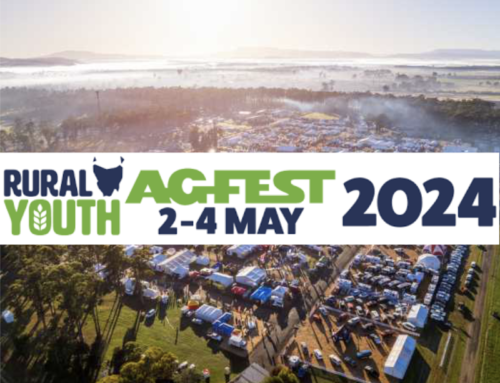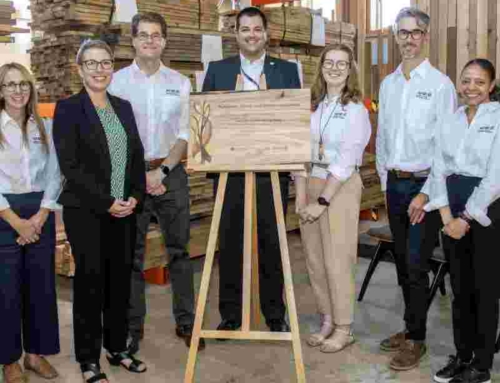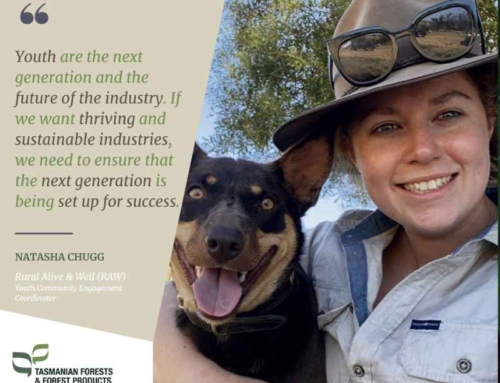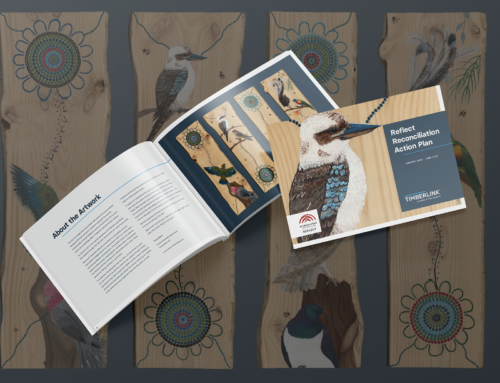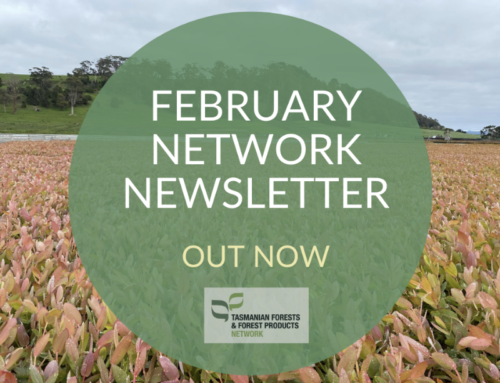Workshop on natural capital accounting and natural capital financing opportunities in the forestry sector
The CSIRO is spearheading collaborative research to help the forest industry put an economic value on the environmental benefits they offer, through a focus on natural capital and natural capital risk assessment.
On 20th February 2020 a group of around 40 stakeholders met in Hobart for a one-day workshop on natural capital accounting and natural capital financing opportunities in the forestry sector, bringing together members of the forest industry, government, environmental NGOs, environmental markets and universities. The purpose of the workshop was to start the process of identifying opportunities for financing the non-timber ecosystem goods and services that the forest industry currently delivers.
Participants heard about recent research funded by the Federal Rural Research for development and Profit program, that has developed methodologies for natural capital accounting based on international frameworks, as well as research that is focusing on natural capital financial risk assessment, funded by the National Institute of Forest Products Innovation. The presentations were framed around understanding the ways that forest enterprises depend on and impact natural capital, and the risks and opportunities that this presents. In the afternoon session, participants worked in small groups to brainstorm five topics:
- State-owned forest managers: managing the future potential production forest
- Large-scale private forest managers and investors: evidence, measurement and reporting of natural capital
- Smaller-scale private landowners: agroforestry, shelterbelts, habitat connectivity-opportunities to engage across sectors
- Government and society: landscape-level thinking
- Civil society: enhancing private conservation
The outcomes of these discussions are being synthesised into a report that will be available towards the middle of this year.
The TFFPN’s Therese Taylor facilitated the workshop.
WHAT IS NATURAL CAPITAL?
Natural capital is defined as the living and non-living components of ecosystems. It is the stock of soil, air, water, biodiversity and land resources that combine to yield a flow of valuable ecosystem goods and services that contribute to the benefits that society obtains from nature, including provisioning services such as production of food and fibre, regulating services such as carbon sequestration, and cultural services such as recreation and threatened species management.
WHAT IS NATURAL CAPITAL ACCOUNTING?
Natural capital accounting is the process of generating unbiased data about the stocks and flows of natural capital that are material to a business, ecosystem or region, and including these assets into balance sheets. Such accounts can inform corporate, government and consumer decision making around the use or consumption of natural resources and land, and promote sustainable behaviour.
Globally there is increasing interest in accounting for natural capital as a normal part of decision-making and reporting, for both businesses and governments. This is reflected in the Natural Capital Declaration of 2012 (https://www.unepfi.org/), in which members of the global finance sector committed to integrate natural capital thinking into their products; and the formation of the Natural Capital Coalition in 2016 (https://www.iucn.org/). These and other initiatives have progressed the development of natural capital accounting methodologies. The key international frameworks used in Australia include:
- The Natural Capital Protocol (https://naturalcapitalcoalition.org), the leading framework to guide businesses in identifying, measuring and valuing their direct and indirect impacts and dependencies on natural capital.
- The System of Environmental Economic Accounting (https://seea.un.org/), which is the main framework used for integration of the environment into national accounts and macroeconomic indicators such as GDP.
WHAT IS NATURAL CAPITAL RISK ASSESSMENT?
Natural capital risk assessment involves identifying risks associated with using and managing natural capital as part of enterprise activities. It revolves around identifying risks to a business from its dependency on natural capital assets, and from the ways the business impacts those assets, and using this information to conduct a materiality assessment.
FURTHER INFORMATION
If you would like to know more about the research that CSIRO is undertaking, please contact:
Libby Pinkard (libby.pinkard@csiro.au)
Tony O’Grady (Anthony.O’Grady@csiro.au)
Greg Smith (Greg.S.Smith@csiro.au)
Or get in touch with the TFFPN directly.

